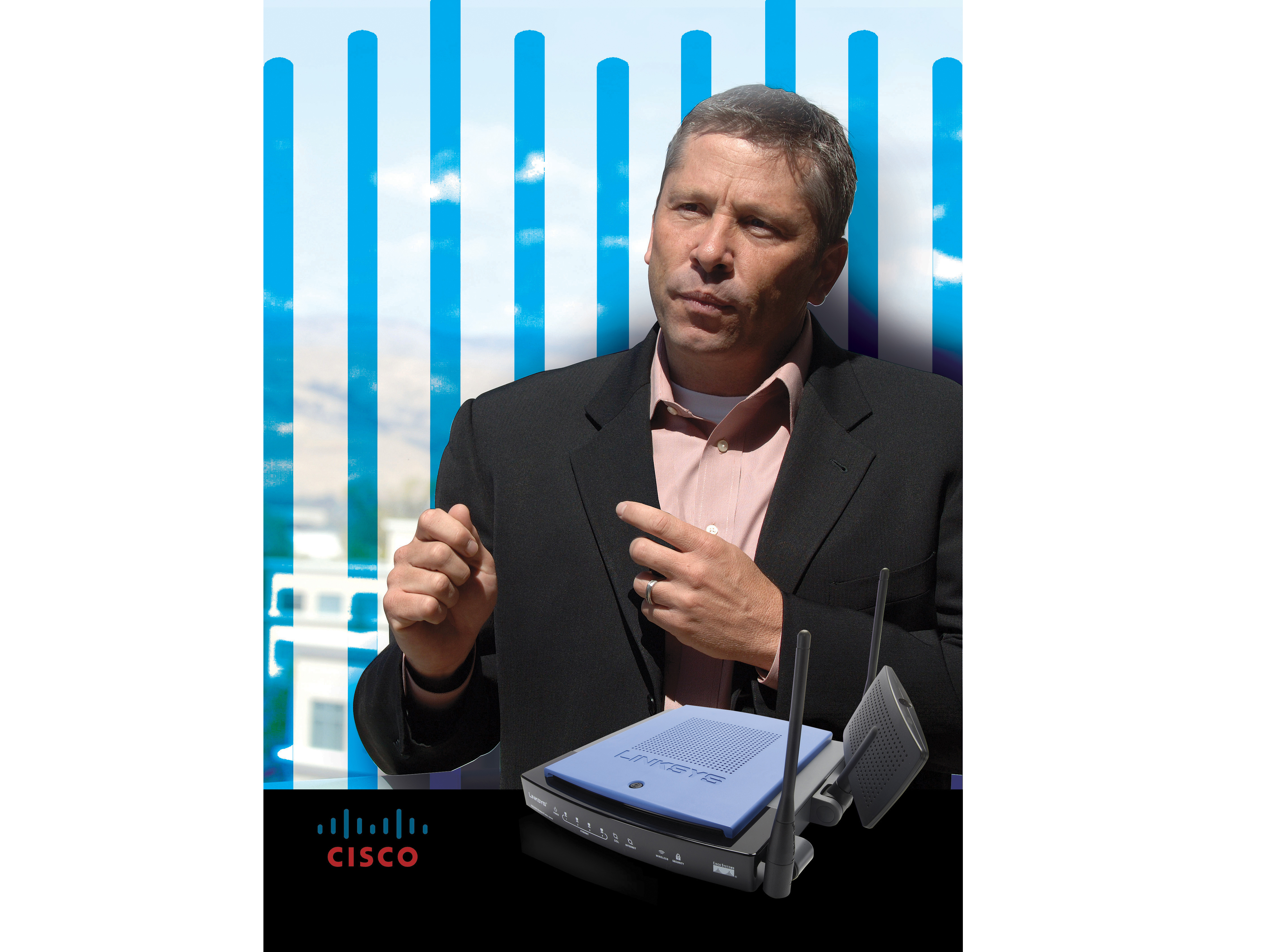
If 802.11n-based Wi-Fi products are working well today, what exactly are we waiting for in the final release of the 802.11n specification? Our sister magazine PC Plus met Christopher Dobrec, senior director World Wide Strategy & Business Development for Linksys, to get some answers.
What can we expect from the final approved N spec?
The transition [from 802.11g to 802.11n] is in its early stages, although we're pretty close to finishing the draft. There are a lot of good innovations and fixes that are going on, almost on a monthly basis, so with every new release of drivers and every secondary release of chipsets, we're seeing better performances.
Where N gets an advantage is with multiple input, multiple output (MIMO) technologies and the advanced antennae, which allow you to get multiple streams simultaneously to increase the bandwidth. The other advantage is that when we get final implementations of the product, you will see that throughput at the far ranges [up to 100m]. So we're getting a lot of good enhancements and performance from the drivers.
And it does require that you have N at both sides of the equation. We're almost at the point now where the laptop guys, for example, are going to be comfortable enough deploying the technology in laptops, in which case you're going to see the benefits start to come to fruition. We're pretty confident our final draft for 802.11n will live up to its goal.
Can wireless networking really be made 'user-friendly'?
The market is evolving. If you look at who we were selling to a few years ago, for example, it was classic early adopters. And those folks, by definition, are technically savvy; they are reasonably self-sufficient. They're certainly not intimidated by retail, or about making a technology choice and taking it home and implementing it.
The mass market has the same application requirements; they just may not have the same technical capabilities. So we need to mask that complexity. We're investing heavily in ease-of-use and easy-install characteristics or attributes and the products have become the very thing you described.
How much is WiMAX a factor in the Wi-Fi world ?
WiMAX is another alternative for getting wireless into the home. It remains to be seen what kind of penetration these wireless networks will deliver. It's clear that it gives consumers another choice in terms of a broadband connection into the home.
Get daily insight, inspiration and deals in your inbox
Sign up for breaking news, reviews, opinion, top tech deals, and more.
The other side of the equation is clearly that wired connections can offer more general bandwidth. More often than not more bandwidth on those last-mile connections help to solve the problem. And then if you can add quality-of-service characteristics onto some of those links, it just makes the experience better.
This is why folks like Verizon are deploying fibre with FiOS, for example, or some of the folks in Europe are deploying fibre optic connections in Italy and the Nordics.
Can 802.11n really cope with digital media streaming in the home ?
From a networking perspective, we predict that the whole [home] network will be a hybrid of both wired and wireless technology in the future.
When you look at the applications that will be run inside the home there are going to be those that are conducive to running over air and there are going to be others that are better served running over physical media, just by virtue of the location... consumer electronics, for example.
So we actually think that the future's networks will be hybrid in nature. You can't only use 802.11n capabilities for wireless, but also for the alternative 'no-new-wires' technology, like multimedia over Coax, which is basically running high bandwidth networking over your powerline network at home.
Even in new constructions or retrofits, where it's pragmatic, we're going to begin to see networks and backbones in people's homes too.
Do you think wireless will ever completely replace wired connections?
As a pragmatist, I really don't believe that it will. Again, that's why we at Linksys firmly believe that networks will be hybrids in the future.
Not so long ago everybody thought that wireless technology was going to revolutionise connectivity in enterprise. But if you take a careful look at the development of enterprise networks over the course of the last 20 years, you'll see that, actually, not as much has changed as it was once thought would.
There is still a great deal of physical connectivity being used in business locations. And I think that holds true in individual households as well. And as far as we're concerned, as long as consumers have flexibility and solutions that meet all of their lifestyle needs, we are willing to build the required technology.